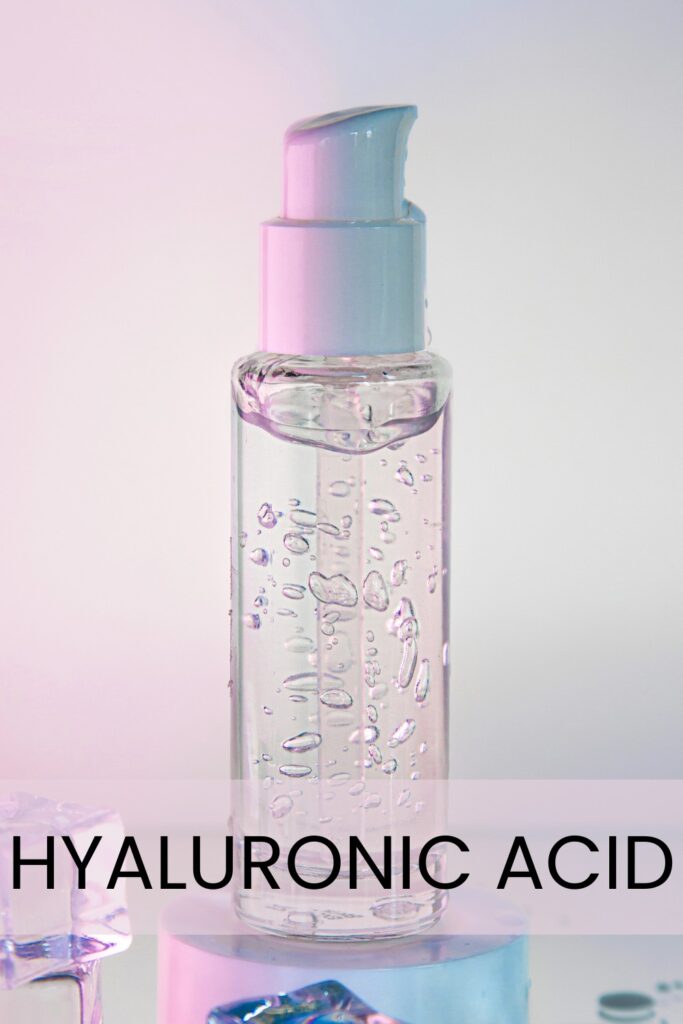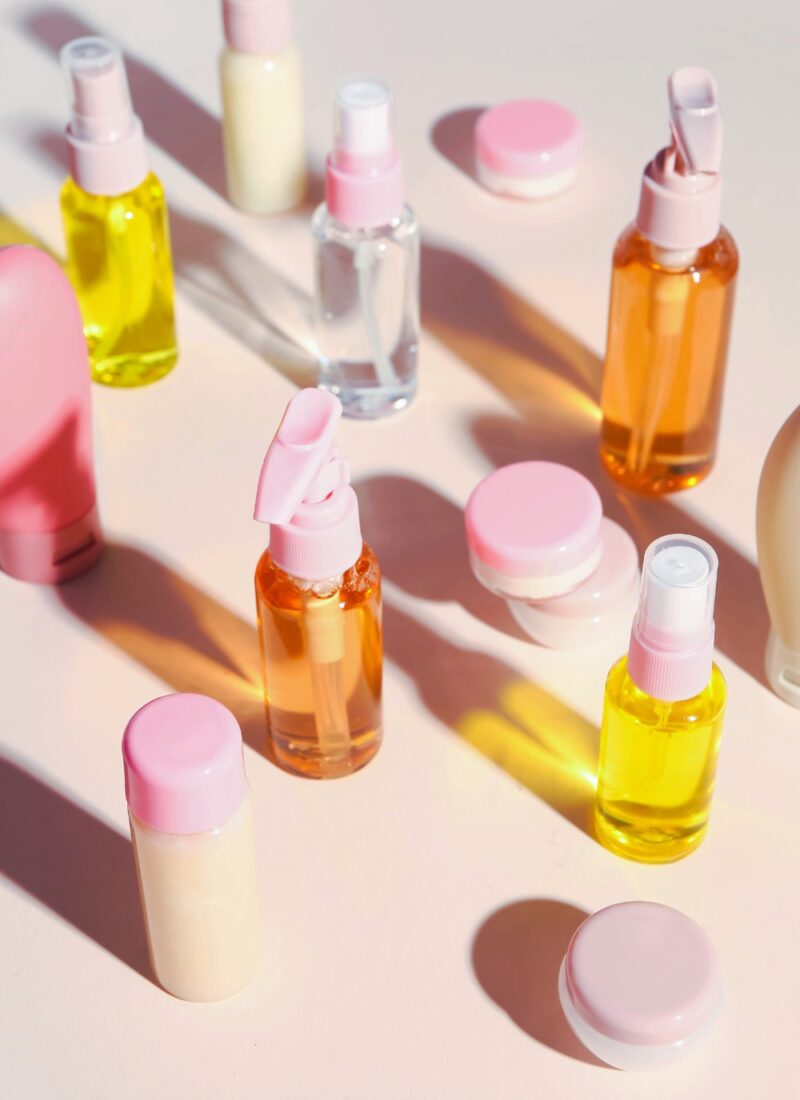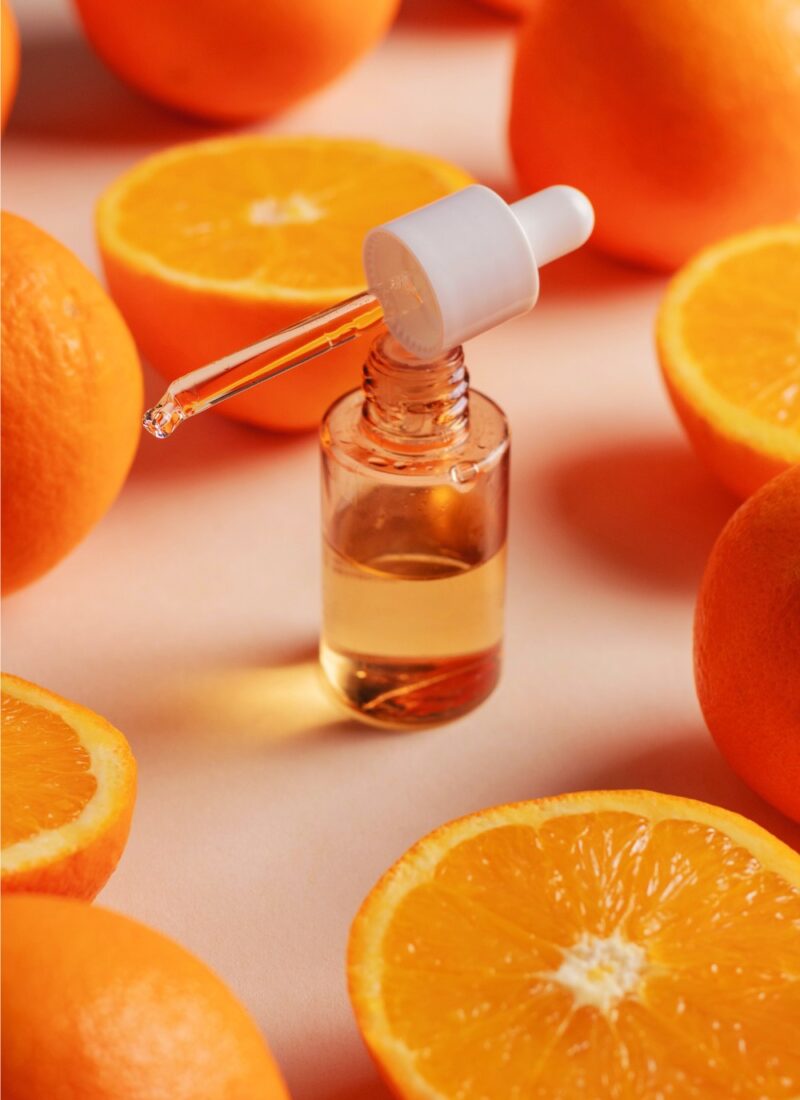If you’ve ever looked at the ingredients list on your skincare products, chances are you’ve come across “hyaluronic acid.” This popular ingredient has become a staple in many skincare routines, from hyaluronic acid moisturizers to hyaluronic acid serums, and for good reason. But what exactly are hyaluronic acid benefits, and why is it so essential for our skin? In this blog, we’ll explore what hyaluronic acid is, why it diminishes as we age, and how important to use Hyaluronic acid in skincare.
This post contains affiliate links. If you purchase through them, I may earn a small commission at no extra cost to you.
This post is all about the importance of using hyaluronic acid in a skincare routine.
These product recommendations are based on ingredient analysis and research. I haven’t tried all these products myself, but I’ve scrutinized their ingredient lists to bring you options with effective active ingredients at concentrations that actually work. Always check for potential allergens if you have sensitive skin or known allergies
What Hyaluronic Acid Does For Your Skin
Hyaluronic acid (HA) is a naturally occurring substance in the human body, predominantly found in connective tissues, skin, and eyes. It’s a type of glycosaminoglycan (a long chain of sugar molecules) that plays a vital role in maintaining moisture levels in the skin and other tissues. HA has an incredible ability to hold onto water—up to 1,000 times (yes, a thousand times!) its weight —which makes it an excellent moisturizer.
Make no mistake, although “acid” is part of its name, hyaluronic acid is NOT an exfoliant or irritant. In fact, it’s a gentle, non-comedogenic substance that’s suitable for nearly every skin type, from oily to dry and even sensitive. Its main function is to retain moisture, helping the skin stay plump, hydrated, and smooth.
Why Does Hyaluronic Acid Decrease in the Body?
Our body is constantly producing and breaking down hyaluronic acid. When we’re young, we have plenty of it, which is why our skin appears smooth, firm, and hydrated. However, as we age, the body’s natural production of HA starts to decline. This gradual decrease begins around the age of 25 and accelerates in our 30s and 40s.
Several factors contribute to the reduction of hyaluronic acid in the skin:
Decreased Collagen Production: Collagen and hyaluronic acid work together to keep skin firm and hydrated. As collagen production slows down with age, the skin loses its ability to retain moisture, making the effects of HA depletion even more noticeable.
Aging: As we get older, our skin naturally loses its ability to produce enough HA. This leads to visible signs of aging, including fine lines, wrinkles, and sagging skin.
Environmental Stress: Exposure to the sun’s UV rays, pollution, and harsh weather conditions can accelerate the breakdown of hyaluronic acid in the skin. The skin’s natural defense mechanisms are weakened, leading to further dehydration.
Lifestyle Factors: Poor diet, smoking, and lack of sleep can also contribute to the depletion of hyaluronic acid. These factors may hinder the body’s ability to maintain optimal hydration levels in the skin.
Hyaluronic Acid Benefits
Given that HA is so crucial for maintaining skin hydration, its inclusion in skincare products makes perfect sense. When applied topically, hyaluronic acid draws moisture from the environment into the skin, helping to restore hydration and improve skin elasticity.
Here’s how it benefits your skin when incorporated into a skincare routine:
1. Intense Hydration:
HA is renowned for its ability to retain water. This property helps hydrate the skin from within, leaving it soft, smooth, and visibly plump. It works by binding water molecules to skin cells, ensuring that moisture remains locked in for longer periods.
2. Plumping and Firming:
By maintaining optimal hydration, HA helps to plump up the skin, filling in fine lines and wrinkles. The result is a more youthful, radiant appearance. Plump skin also has more elasticity, which makes it look firmer and more toned.
3. Improved Skin Barrier:
HA supports the skin’s natural moisture barrier. A strong moisture barrier is crucial for protecting the skin from harmful environmental factors like pollutants and bacteria, which can lead to inflammation, breakouts, and skin irritation.
4. Soothe Irritation:
Because of its hydrating properties, HA can help calm irritated or inflamed skin. Whether you have sensitive skin or are recovering from a treatment like microdermabrasion, HA can speed up the healing process and restore comfort to the skin.
5. Enhanced Absorption of Other Ingredients:
HA not only hydrates but also helps other skincare ingredients penetrate the skin more effectively. Creating a hydrated base enhances the effectiveness of serums, oils, and moisturizers that you layer on top. Think of HA as a bridge between the skin and other products.
|
$9.90
|
$36.00
|
$102.40
|
$54.00
|
Why Is Hyaluronic Acid Injections For Fillers?
Hyaluronic acid is a key ingredient in dermal filler injections, a popular non-surgical cosmetic treatment used to add volume, smooth wrinkles, and enhance facial contours.
When injected into the skin, hyaluronic acid temporarily adds volume to areas that have lost elasticity due to aging. It helps to smooth out wrinkles, fill in hollow areas, and improve facial structure.
The reason HA is used for fillers is due to its ability to draw water into the skin. When injected, it pulls moisture from surrounding tissues, causing the treated area to swell slightly and appear fuller. Each time you receive a hyaluronic acid injection, the surrounding water is drawn in to enhance fullness. So sometimes, making “less is more” is a perfect principle to achieve the desired results.
This water-retaining effect is the same reason why incorporating HA into your skincare routine is essential—it helps maintain hydration levels (remember HA holds water 1000 times better?) and contributes to a youthful, plump appearance over time.
When to Layer Skincare Products for Maximum Effect
Here’s a general guide on how to layer skincare products effectively, especially when using hyaluronic acid:
- Cleanser (First Step): Start with a gentle cleanser to remove dirt, oil, and impurities from your skin.
- Toner (Optional but Beneficial): After cleansing, apply a hydrating toner. This adds moisture to your skin and helps prepare it for the next steps.
- Hyaluronic Acid Serum (Next Step): Apply a hyaluronic acid serum while your skin is still slightly damp. The serum will bind to the moisture in your skin, providing instant hydration.
- Treatment Serums (If Used): If you’re using other active ingredients like vitamin C or peptide, apply them after the hyaluronic acid serum. These ingredients can penetrate better when your skin is already hydrated.
- Moisturizer: Follow up with a moisturizer to lock in all the hydration provided by the HA. This step is crucial to prevent moisture loss.
- Sunscreen (AM Only): Always finish your morning skincare routine with sunscreen. UV exposure can damage the skin’s moisture barrier and accelerate the loss of HA in the skin.
Related post; Hydrating skincare ideas that will revive dull skin
Why Hyaluronic Acid Is Essential in Skincare
Incorporating HA into your skincare routine is crucial for maintaining hydrated, youthful, and healthy skin. Not only does it boost skin moisture levels, but it also supports skin elasticity, enhances the absorption of other skincare ingredients, and improves overall skin texture.
As we age, the natural production of HA in the skin decreases, leading to drier, thinner skin that is more prone to wrinkles and sagging. By using products with HA, you can replenish your skin’s moisture levels and keep your complexion looking youthful and radiant.
Whether you’re dealing with dry skin, fine lines, or just looking for that extra glow, HA is a must-have ingredient in any skincare routine. It’s versatile, effective, and gentle, making it suitable for every skin type and age group. And just as it works wonders in dermal fillers, it works just as effectively in your daily skincare routine, providing long-lasting hydration and visible results.
In summary, hyaluronic acid is a quintessential ingredient that should be part of every skincare regimen. If you haven’t already, consider adding it to your routine and experience the plump, hydrated skin you deserve!
This post is all about hyaluronic acid, how it works, what it does, and how important to use it in a skincare routine.
Disclaimer: This blog provides general skincare advice and product recommendations. Always consult with a dermatologist or healthcare professional.









Hello there, I discovered your website by way of Google whilst searching for a related
matter, your site came up, it appears great. I have bookmarked
it in my google bookmarks.
Hi there, simply was aware of your blog through
Google, and located that it is really informative. I’m going to watch out
for brussels. I’ll be grateful in the event you proceed this in future.
Lots of other folks will likely be benefited out of your writing.
Cheers!
Thank you so much for your positive comment. It means a lot to me, more than you know, since my blog is fairly new. I appreciate it!